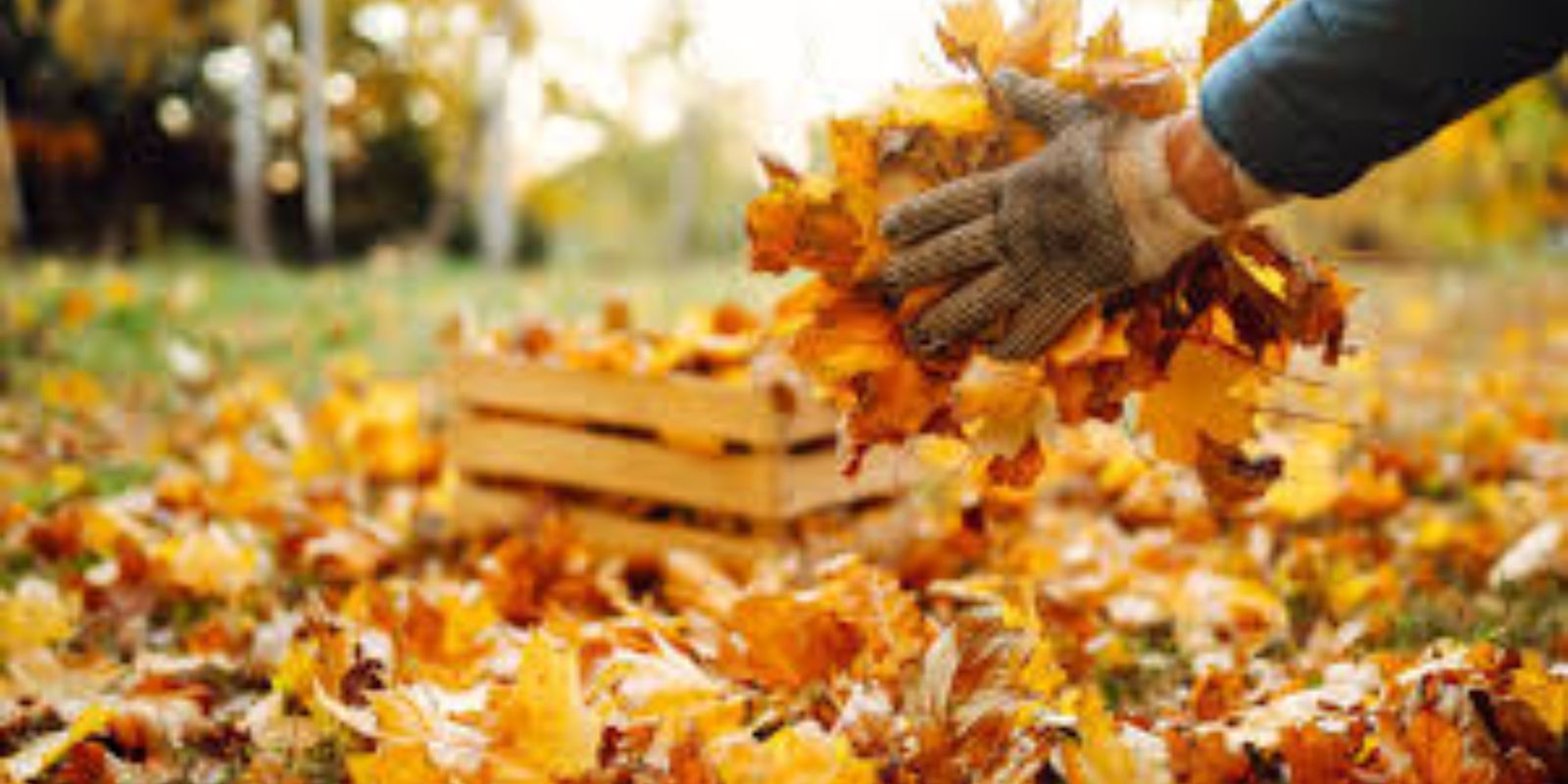Introduction
Every autumn, countless leaves fall to the ground, creating picturesque scenes but also piles of “waste” that many gardeners and homeowners see as a chore. However, these fallen leaves are far from useless. They are nature’s gift—full of nutrients, organic matter, and potential to improve your garden’s health. Instead of bagging and discarding them, learn how to use fallen leaves intelligently to benefit your garden and reduce waste.
This article explores the numerous ways you can repurpose fallen leaves, turning them into a valuable resource that enriches your soil, protects your plants, and contributes to a sustainable gardening approach.
1. Mulching with Leaves
One of the easiest and most effective uses for fallen leaves is as mulch. Shred the leaves using a mower or leaf shredder to create a fine layer of material that can be spread around your garden beds. Leaf mulch serves multiple purposes:
- Moisture retention: Helps soil retain water, reducing the need for frequent watering.
- Weed suppression: Creates a barrier that prevents weeds from sprouting.
- Soil enrichment: Over time, decomposing leaves add organic matter to the soil.
Pro Tip: Avoid using whole leaves as mulch, as they can mat together, blocking water and air from reaching the soil.
2. Creating Leaf Mold
Leaf mold is a simple and natural soil conditioner made by decomposing leaves. This process involves piling leaves in a corner of your yard and letting them break down over 6-12 months. The result is a crumbly, dark material perfect for improving soil structure and water retention.
- How to make it:
- Gather leaves and pile them in a shaded, moist area.
- Turn the pile occasionally to aerate it.
- Use the resulting leaf mold as a top dressing or mix it into the soil.
Fun Fact: Leaf mold can hold up to 500% of its weight in water, making it a fantastic amendment for sandy soils.
3. Composting Leaves
Leaves are an excellent source of carbon, also known as “browns,” which are essential for a balanced compost pile. To create a nutrient-rich compost:
- Shred the leaves to speed up decomposition.
- Layer leaves with green materials like kitchen scraps, grass clippings, or coffee grounds.
- Keep the compost pile moist and turn it regularly.
By spring, you’ll have a rich, crumbly compost that can be used to fertilize your garden.
4. Winter Insulation for Plants
Protecting your plants from the cold becomes easier with fallen leaves. Pile them around the base of shrubs, perennials, and young trees to insulate roots from frost and extreme temperature changes. This natural insulation also prevents soil erosion and keeps weeds at bay during the dormant season.
- Tip for raised beds: Use leaves to blanket the soil, preventing it from freezing too quickly and extending your growing season.
5. DIY Garden Pathways
Fallen leaves can be used to create soft, natural pathways in your garden. Simply lay a thick layer of leaves along desired paths. Over time, they will decompose, enriching the soil beneath while providing a comfortable walking surface. This method is particularly useful in wooded or informal garden settings.
6. Building a Lasagna Garden
“Lasagna gardening” is a no-dig method of building fertile garden beds by layering organic materials. Fallen leaves are an ideal base layer for this technique.
- How to do it:
- Lay a thick layer of leaves over your garden area.
- Alternate with layers of green material (e.g., kitchen scraps) and brown material (e.g., shredded paper).
- Top with soil or compost.
Plant directly into the bed in spring and enjoy the benefits of nutrient-rich soil.
7. Wildlife Habitat
Leaves provide essential shelter for various beneficial creatures. Pile them in a quiet corner of your yard to create a habitat for insects, frogs, and small mammals. This approach not only helps local wildlife but also contributes to a balanced garden ecosystem.
- For pollinators: Leaves can serve as overwintering spots for butterflies and bees.
8. Making Leaf Tea for Plants
Leaves can be steeped in water to create a nutrient-rich “tea” that nourishes your plants.
- How to make it:
- Fill a bucket with shredded leaves and water.
- Let it steep for 1-2 weeks, stirring occasionally.
- Strain the liquid and use it to water your plants.
This natural fertilizer is especially beneficial for leafy greens and flowering plants.
9. Improving Lawn Health
Shredded leaves can also be left on your lawn, where they decompose and add organic matter to the soil. Use a mower to chop the leaves into small pieces, allowing them to integrate with the grass. This method saves time and enhances soil health without the need for additional fertilizers.
10. Artisanal Leaf Crafts
While not directly related to gardening, fallen leaves can also be used for creative projects. From DIY compostable pots to leaf-imprinted stepping stones, these crafts add a unique touch to your garden while promoting sustainability.
11. Avoiding Common Mistakes
While using fallen leaves has many benefits, there are some pitfalls to avoid:
- Don’t use diseased leaves: Leaves with fungal infections can spread diseases to your garden.
- Avoid thick mats of leaves: Always shred them to prevent smothering soil or plants.
- Skip toxic leaves: Some leaves, like black walnut, release chemicals harmful to certain plants.
Conclusion
Fallen leaves are more than just seasonal debris—they’re an untapped resource that can revolutionize your gardening efforts. From enriching the soil to protecting plants and promoting biodiversity, their potential is immense. By incorporating these simple yet effective methods, you’ll not only save time and money but also contribute to a healthier, more sustainable environment.
Engage with Us!
Have you tried any of these leaf-recycling techniques? Share your experiences and favorite methods in the comments below! Let’s turn over a new leaf in gardening together!
#AutumnGardening #SustainableLiving #CompostTips #LeafMulch #GardenHacks #ZeroWasteGardening #EcoFriendlyGardening

